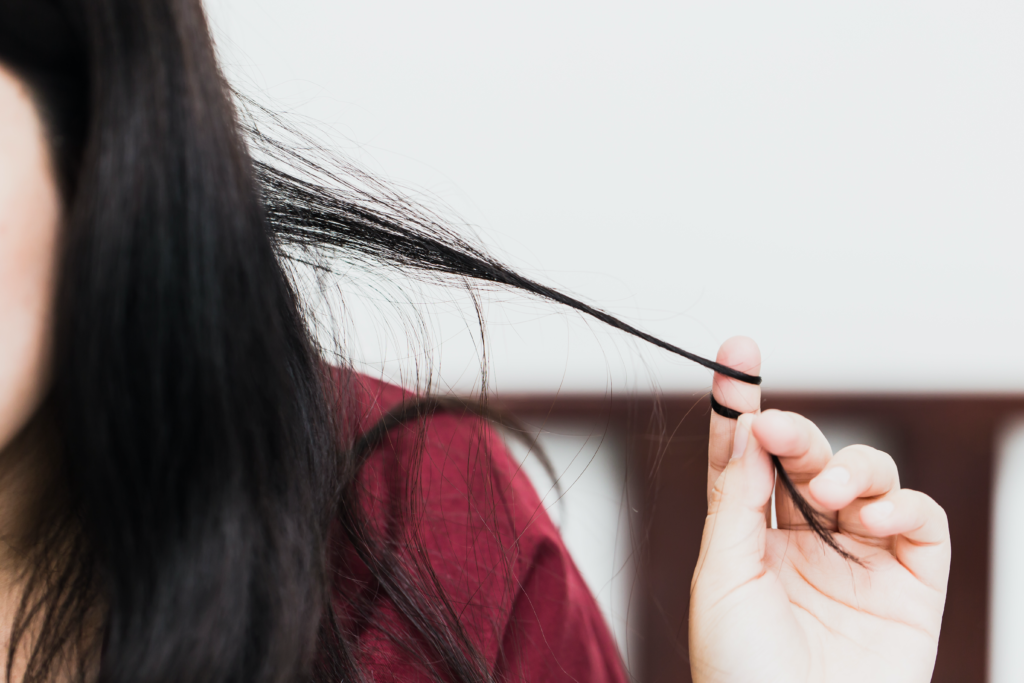by Bob Kronmeyer | Reviewed by John Koo, MD

The goal of habit reversal therapy or training in dermatology is to eradicate a destructive habit, such as trichotillomania (hair pulling) or excoriation disorder (skin picking).
“If the habit is a significant component of the whole behavior, habit reversal therapy can be effective,” said John Koo, MD, a Professor of Dermatology at the University of California, San Francisco, who is board-certified in both psychiatry and dermatology.
The first step of reversal therapy is to make the patient more aware of the habit itself. “Many people pick their skin or pull their hair automatically, outside of their awareness,” Dr. Koo said. “It is very difficult to reverse a bad habit if the person is not even aware he or she is doing it.”
One strategy is for the patient to sit in front of a large mirror and count the number of times he or she engages in the habit. A patient is may do this in the presence of a therapist who can keep count, or the patient can maintain day-to-day diary entries of the behavior.
“You want to make the habit as conscious as possible for the patient,” Dr. Koo said.
The second and final step of reversal therapy is to change behavior by introducing a competing response to replace the habit. “This is a deliberate action that is not compatible with carrying out the bad habit, such as forming a fist instead of scratching or picking on the skin,” Dr. Koo. “The fist is rigidly kept at the patient’s side until that urge to pick disappears.”
Another behavioral substitution for scratching or picking skin is simply to rub the affected skin.
“The urge to engage in bad behavior is similar to obsessive compulsive disorder (OCD),” Dr. Koo said. However, by following the 3-minute rule, whereby a patient waits 3 minutes before resuming the bad habit, the patient may be able to extend refraining to 4 minutes, then to 5 minutes, and eventually the habit becomes extinct.
Therapy can be extremely effective for the right patient population: those whose habit is outside of their consciousness, whose habit plays a big role in their behavior, and who are highly motivated and dedicated to change their behavior. “This therapy is not as simple as swallowing a pill,” said Dr. Koo, who has treated patients using habit reversal for the past 34 years.
Habit reversal initially targeted atopic dermatitis. “After a while, the scratching becomes as much of a habit as a means to counter itchiness,” Dr. Koo said. “But getting rid of the original condition is always the most important aspect of therapy.”
Therefore, habit reversal is more of a supplemental treatment to conventional therapies such as topical steroids, internal oral medications, and injectables, rather than a replacement treatment.
No formal training is needed for dermatologists to offer habit reversal to their patients, according to Dr. Koo, and is easy to incorporate into practice. “The concept is not that complicated,” he said. “The dermatologist can teach this him or herself.”


